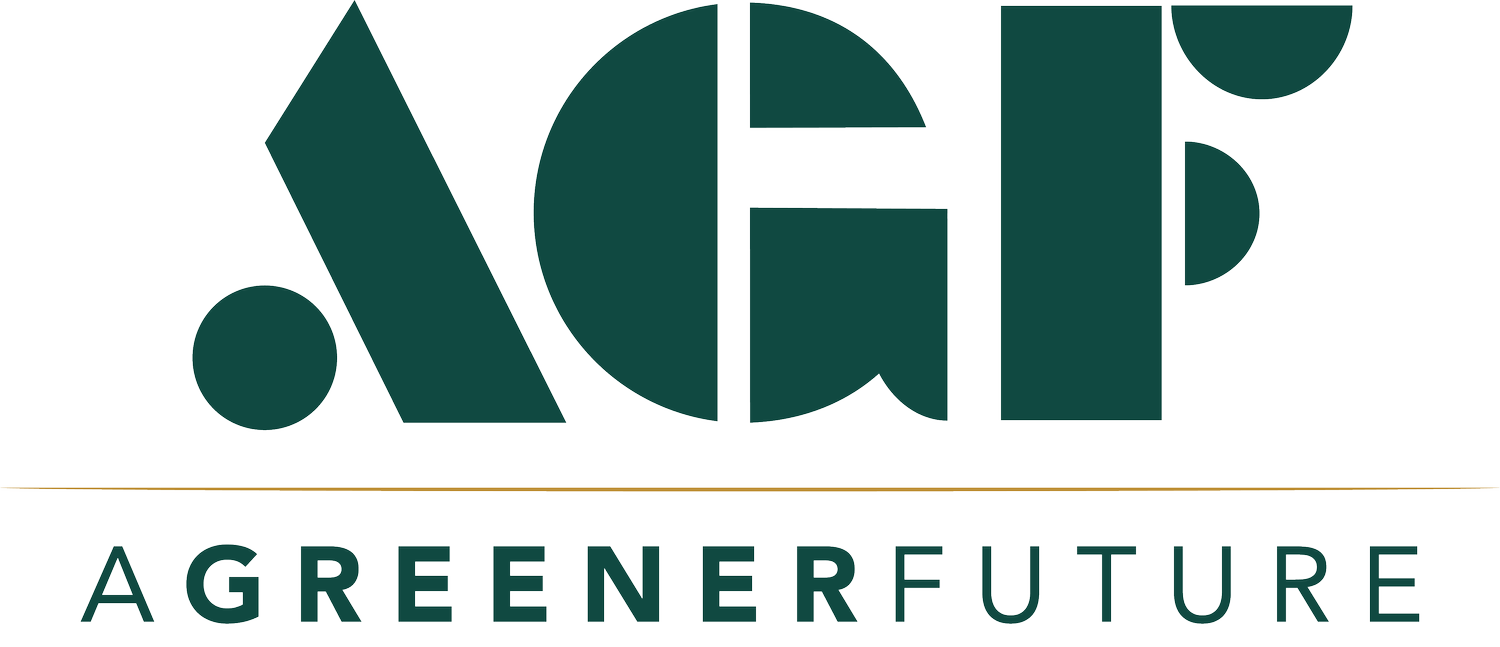2016 - can we begin to clean our oceans of plastic waste?
 There are five enormous 'gyres' where huge quantities of plastic plastic waste ends up in the oceans - massive garbage patches, poisoning marine life and ending up in the food supply of the planet. Toxic chemicals like PCBs and DDTs are absorbed by the plastic and cause diseases like cancer, malformation and impaired reproductive ability. It's estimated that one third of the world's oceanic plastic pollution is within the "Great Pacific Garbage Patch". But now there is some good news: At the age of just 18 Boyan Slat gave a riveting Ted Talk (see link) unveiling his plan to clean up the plastic pollution, using passive flotation devices and the ocean's own currents. After all, "why move through the oceans, if the oceans can move through you?" In 2014, at the age of 19, he realised the plan was actually feasible, and now it's going into effect off the coast of Japan. How does it work? Well ocean currents will pull the lighter-than-water plastics which thenfloat into barriers. What would have taken humanity and estimated 70,000 years to clean with boats and nets (that's Charles Moore's estimate- not ours) can be cleaned, instead, in decades. It's estimated that a single, 100km cleanup array will clean 42% of the ocean's plastic in 10 years. The first array will be deployed in 2016 and technology is underway to recycle the salvaged plastic into biofuel - anything up to 100 million tonnes of waste. Now this IS good news. The problem remains though - why are we dumping all this plastic waste into our oceans in the first place?http://tedxtalks.ted.com/video/How-the-oceans-can-clean-them-2https://www.minds.com/blog/view/450715060952633344/the-world039s-first-ocean-cleaning-system-will-be-deployed-in-2016
There are five enormous 'gyres' where huge quantities of plastic plastic waste ends up in the oceans - massive garbage patches, poisoning marine life and ending up in the food supply of the planet. Toxic chemicals like PCBs and DDTs are absorbed by the plastic and cause diseases like cancer, malformation and impaired reproductive ability. It's estimated that one third of the world's oceanic plastic pollution is within the "Great Pacific Garbage Patch". But now there is some good news: At the age of just 18 Boyan Slat gave a riveting Ted Talk (see link) unveiling his plan to clean up the plastic pollution, using passive flotation devices and the ocean's own currents. After all, "why move through the oceans, if the oceans can move through you?" In 2014, at the age of 19, he realised the plan was actually feasible, and now it's going into effect off the coast of Japan. How does it work? Well ocean currents will pull the lighter-than-water plastics which thenfloat into barriers. What would have taken humanity and estimated 70,000 years to clean with boats and nets (that's Charles Moore's estimate- not ours) can be cleaned, instead, in decades. It's estimated that a single, 100km cleanup array will clean 42% of the ocean's plastic in 10 years. The first array will be deployed in 2016 and technology is underway to recycle the salvaged plastic into biofuel - anything up to 100 million tonnes of waste. Now this IS good news. The problem remains though - why are we dumping all this plastic waste into our oceans in the first place?http://tedxtalks.ted.com/video/How-the-oceans-can-clean-them-2https://www.minds.com/blog/view/450715060952633344/the-world039s-first-ocean-cleaning-system-will-be-deployed-in-2016
